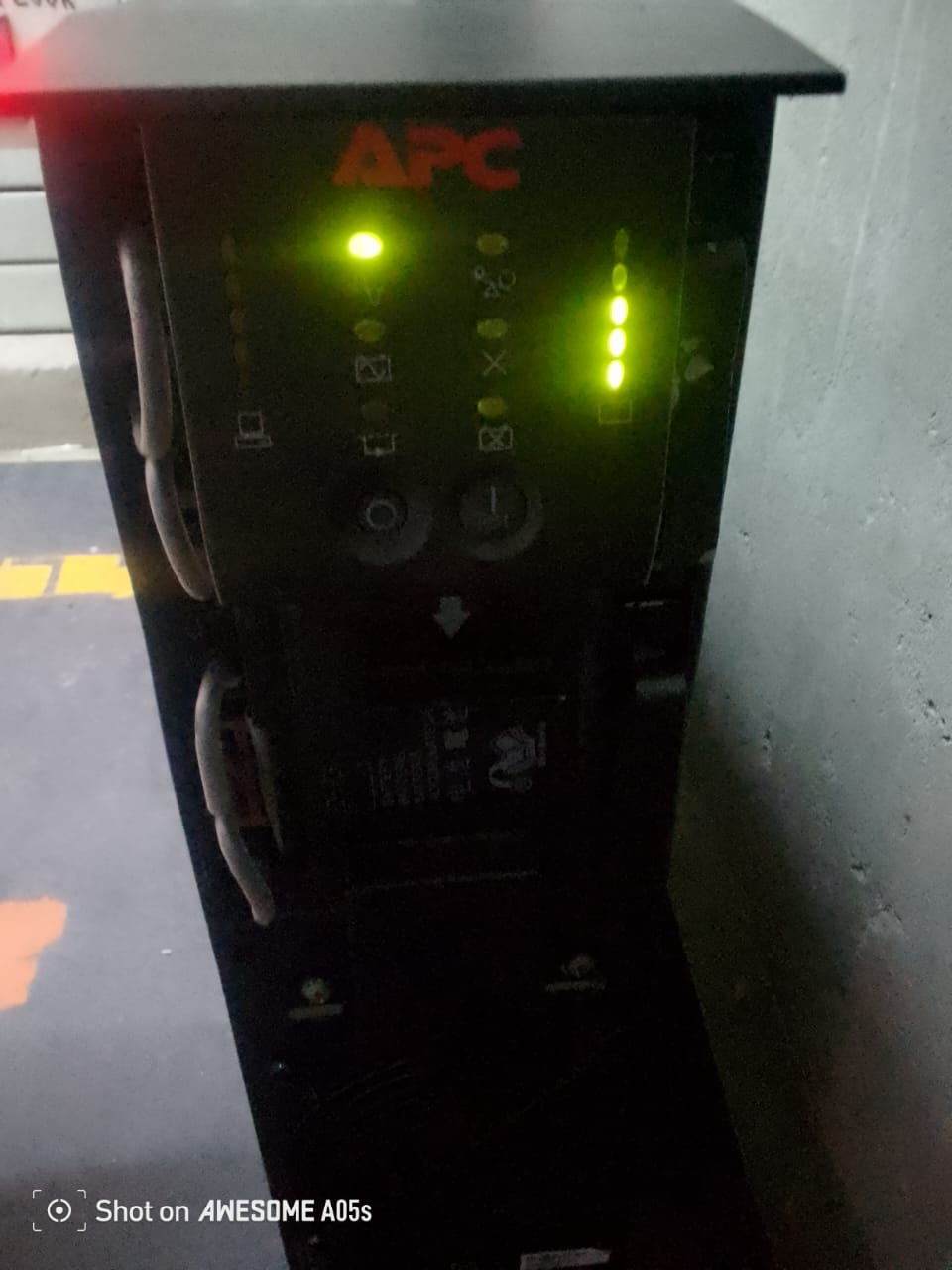The Vertiv Liebert GXT5-20KMVRT11UXLN is a 20kVA (20000VA) rack/tower UPS from the Liebert GXT5 series. The GXT5 series provides high-performance, reliable power protection for critical equipment in IT environments such as data centers, server rooms, and telecommunications. The Liebert GXT5-20KMVRT11UXLN model is specifically designed to deliver high availability, efficient energy management, and flexible configurations (tower or rackmount). Here\'s a detailed breakdown of the Vertiv Liebert GXT5-20KMVRT11UXLN UPS: Key Features of the Vertiv Liebert GXT5-20KMVRT11UXLN: 1. Power Rating and Capacity: Power Rating: 20kVA / 20000VA Output Power: 16000W (16kW) at 208V (depending on load conditions) This provides robust protection for high-density IT loads, such as servers, network switches, telecom systems, and critical infrastructure. 2. Voltage Configuration: Input Voltage: 208V (for 3-phase input) The GXT5 can also be configured to operate at 120V AC (single-phase) when needed, making it flexible for different types of equipment and power requirements. 3. Topology: On-Line Double-Conversion: The GXT5 series uses double-conversion (On-Line) topology, providing the highest level of protection. This topology ensures that the UPS continuously filters and conditions the input power and provides a pure sinewave output to sensitive loads, completely isolating the load from power disturbances. Zero transfer time from utility power to battery power ensures no downtime for connected equipment. 4. Waveform Type: Pure Sinewave Output: The UPS produces a clean, pure sinewave output which is essential for powering sensitive IT equipment without distortion or interference. 5. Battery Type and Runtime: Battery Type: Typically uses Sealed Lead-Acid (SLA) or VRLA (Valve-Regulated Lead-Acid) batteries, which require little maintenance and are commonly used in high-performance UPS systems. External Battery Support: The Liebert GXT5-20KMVRT11UXLN supports external battery packs (available separately) to extend runtime for longer periods, making it ideal for power-hungry or mission-critical applications. Charging Time: Typically, it takes about 4-6 hours to recharge the batteries to 90% capacity. 6. Runtime (Backup Time): The battery backup time will vary depending on the load. Here are some estimates: At 50% load (10kVA/10000W): Backup time could range between 15 to 25 minutes. At full load (20kVA/16000W): Backup time would be much shorter, around 5-10 minutes depending on configuration and battery capacity. Extended runtime can be achieved with additional external battery cabinets. 7. Cooling: Fan-assisted cooling ensures optimal temperature management during operation. The UPS is designed to operate efficiently even in environments with higher ambient temperatures. 8. Form Factor: Rackmount and Tower: The Liebert GXT5-20KMVRT11UXLN offers a flexible design, enabling it to be deployed as either a tower or a rackmount UPS. Rackmount form factor: 3U (for the rack version), designed for 19-inch rack installations. The rackmount option allows easy integration into standard server racks or data center environments. 9. Energy Efficiency and Certifications: Energy Star Certification: The Liebert GXT5 is Energy Star certified, meaning it meets high-efficiency standards and minimizes energy consumption during operation. It also has low total cost of ownership (TCO), thanks to its energy-efficient operation. High Efficiency Mode (Eco Mode): The UPS features an eco mode for high-efficiency operation during normal conditions, further reducing energy consumption when conditions permit. 10. Interfaces and Monitoring: LCD Display: The UPS comes with an LCD display that provides real-time information on key parameters such as input/output voltage, battery charge, load levels, and alarm status. Connectivity: USB, Serial, and Network Ports: The GXT5-20KMVRT11UXLN has USB and serial communication ports for local management and monitoring. SNMP Slot: It comes with an optional SNMP card for remote monitoring, allowing you to manage the UPS from anywhere on the network. Dry Contact Interface: Available for integration with building management or alert systems. 11. Advanced Features: Automatic Transfer Switch (ATS): The Liebert GXT5 can support an optional ATS for automatic switching between the utility power and the UPS in the event of a failure, ensuring seamless power continuity. Overload and Short-Circuit Protection: Protects the UPS and connected loads in case of an overload or short circuit by gracefully shutting down the system or providing alarms. Smart Battery Management: The system features battery monitoring to optimize charging cycles and extend the life of the battery bank. Battery health diagnostics help predict and prevent potential failures. Audible Alarms: Provides alerts for low battery, overload, power failure, and other system faults, ensuring that you’re always aware of the UPS condition.








